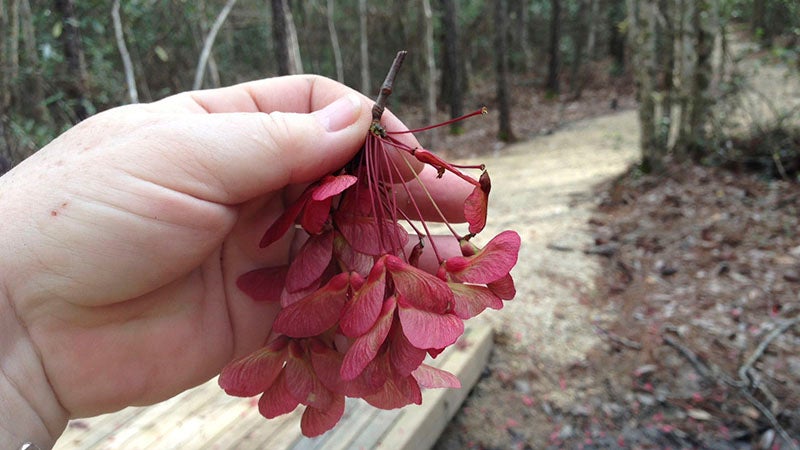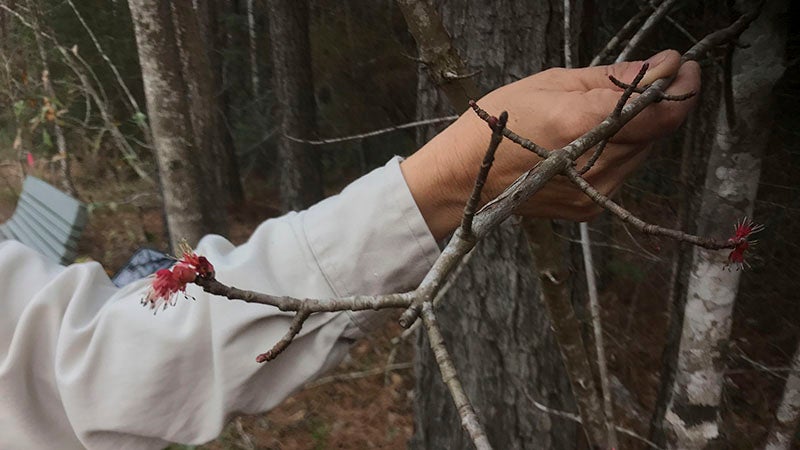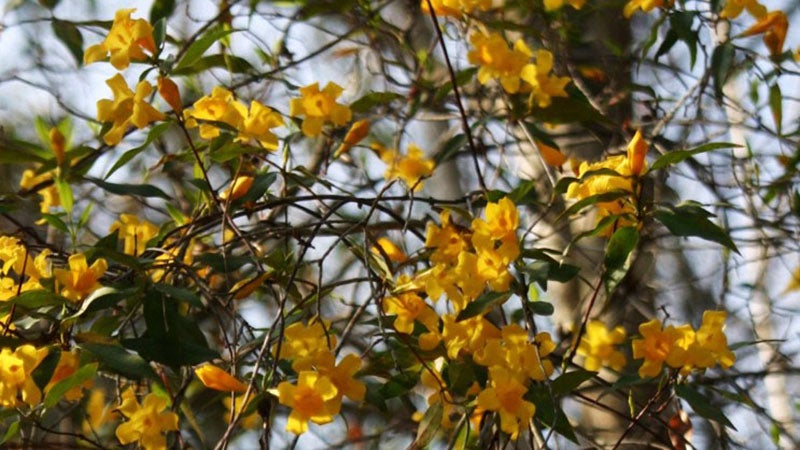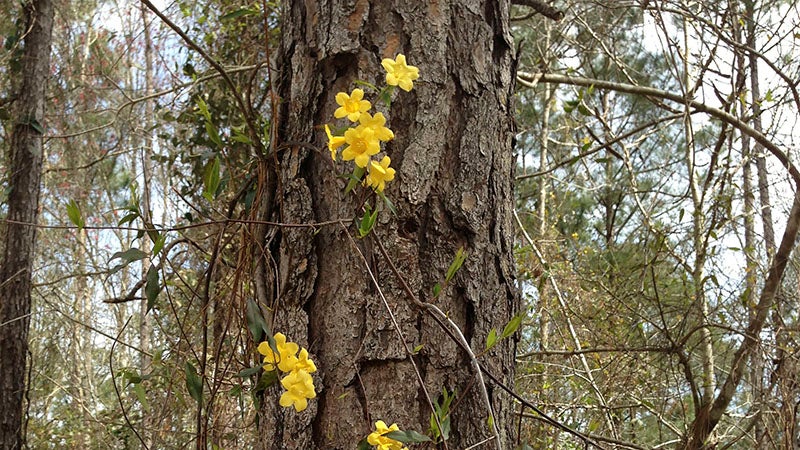These native blooms will herald the arrival of spring
Published 7:00 am Wednesday, January 13, 2021
By Pat Drackett
Crosby Arboretum Director
I was so surprised to learn from a friend last week that the red maple tree in her yard, located north of Hattiesburg, has already started to bloom! Here on the coast, red maples are often seen growing in low-lying, sometimes slightly swampy areas with tree companions such as bald cypress. This makes for an especially attractive sight in the early spring, when the bright green of new cypress leaves mixes with red-tinged maple trees.
Red maple also grows on drier sites and is an excellent “chameleon” tree to include in your landscape, meaning it is found in a variety of moisture and light conditions, in addition to having an incredibly wide U.S. range. For a visual, just enter “red maple” into a search engine along with “USDA” to see a range map for this tree on the United States Department of Agriculture’s Natural Resources Conservation Service Plants Database. Prepare to be astounded! If you zoom in, you can see the reported county level data.
For the long period of time when red maples steal the visual stage, they are going through a transformation from the flowers to the two-part winged scarlet fruit, called samaras. From afar this may not be obvious, and you may spend a lifetime never knowing this fun fact unless you happen to encounter a ruby-red blanket of either the fruit or samaras, scattered below the tree.
It also won’t be long before Carolina jessamine lights up the roadsides with cheery yellow flowers. These native vines ramble over roadside thickets and scramble up tall pine trees. In full bloom, it is a showstopper. The early blossoms are so bright in contrast to the drab winter landscape, and a welcome sight to those anticipating spring’s return. This low-care evergreen vine makes a great specimen if given ample room to spread on a fence or arbor.
One of the earliest plants to flower at the Arboretum is Elliott’s blueberry, also known as mayberry. Although native blueberries are collectively called “huckleberries,” there are many species. Elliot’s blueberry grows to ten feet in height and has a delicate, lacy appearance due to its many small green twigs. It’s another stunner when the branches are dotted with hundreds of tiny rose-colored buds that are beginning to open and revealing light pink, bell-like blooms.
In our Savanna Exhibit, you will soon be seeing other early spring bloomers such as wooly sunbonnets. This perennial in the Aster family has white flowers that follow the sun. Interestingly, the blooms are closed on cloudy days. Usually found in groupings, their rosettes of leaves will closely hug the ground.
The recent cold, gray weather helps us to fully appreciate when a day dawns cloaked in a gorgeous blue, a hint of spring waiting around the corner. For a moment we feel buoyantly alive, almost understanding what it’s like for a plump native azalea flower bud that is expectantly biding before bursting forth in trumpeting bloom.
The unfurling of the pitcher plant blossoms is also long anticipated. They are among the first perennials to emerge in spring. Called “buttercups,” they are especially attractive in the areas where grounds manager Terry Johnson has conducted a winter prescribed fire, such as the South Pitcher Plant Bog, where hundreds of these blooms form spring carpets across the savanna floor.
On Thursdays and Fridays in January and February, you’ll have an opportunity to observe a prescribed fire in our Savanna exhibit, if weather conditions are favorable. Call the Arboretum office around 9:00 a.m. to inquire about whether a burn will be proceeding that day.
An Arboretum membership allows unlimited visits to our 64-acre public garden, and those who travel can visit over 300 other North American gardens for free or reduced admission through their included membership in the American Horticultural Society’s Reciprocal Membership Program. Memberships are only $35 for an individual and $45 for a family, with senior, military, first responder and student discounts available.
Mark your calendar for the Arboretum’s Forge Day on Saturday, January 30 from 10:00 a.m. to 2:00 p.m. You’ll enjoy this annual event featuring blacksmithing and metalworking demonstrations. The cost is $5 for adults and $2 for children. This year pre-registration is required. Call 601-799-2311 to place your name on the list. See www.crosbyarboretum.msstate.edu or visit the Crosby Arboretum
Facebook page for more information on our programs and activities. The Crosby Arboretum is located at 370 Ridge Road in Picayune, at I-59 Exit 4, and is open Wednesday through Sunday from 9:00 to 4:30. For information on our site, please see www.crosbyarboretum.edu. Leashed pets are always welcome.







